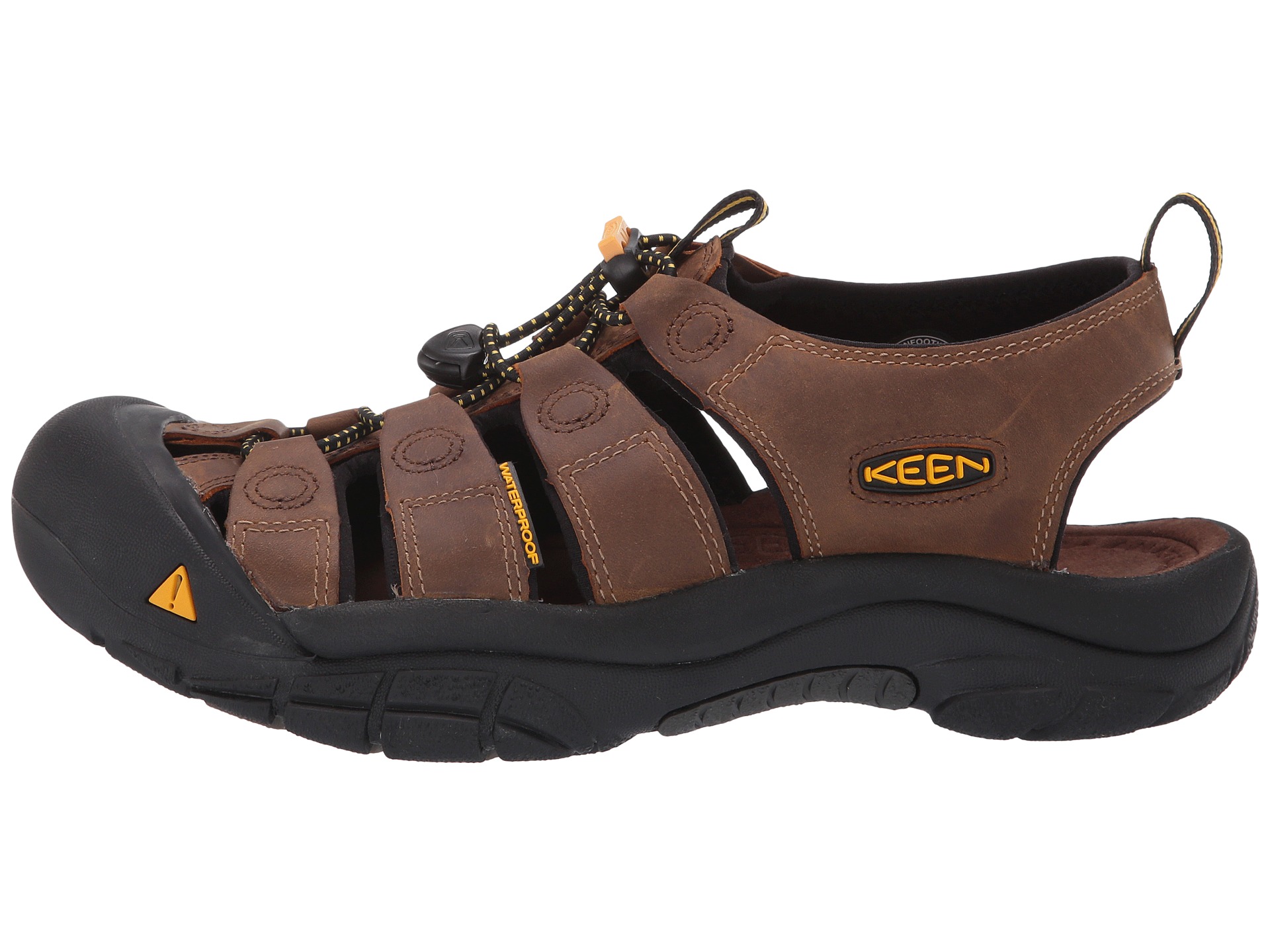5 Tips Work Slip Shoes

Slip-resistant shoes are a crucial component of workplace safety, particularly in environments where slippery floors, oily surfaces, or wet conditions are common. These shoes are designed to provide traction and prevent slips, falls, and related injuries. Here are five tips for selecting and utilizing work slip shoes effectively:
1. Understand Your Work Environment
Before choosing slip-resistant shoes, it’s essential to understand the specific hazards of your work environment. Different types of flooring and conditions (such as grease, water, or ice) require shoes with specific types of traction. For example, if you work in a kitchen, you may need shoes with a special sole that resists grease and oil, while workers in icy conditions may require shoes with studs or cleats for added grip.
2. Look for Slip-Resistance Ratings
Many slip-resistant shoes are rated based on their slip resistance. Look for shoes that have been tested according to standards such as those set by the American Society for Testing and Materials (ASTM) or the European Standard (EN) for slip resistance. These ratings can give you an idea of how well the shoes will perform in different conditions. Some shoes are also rated for their oil resistance, which is crucial for workers in industries like manufacturing or food service.
3. Consider the Shoe Material and Design
The material and design of the shoe can significantly impact its slip resistance. Rubber outsoles are common for slip-resistant shoes because they can provide a good grip on various surfaces. Additionally, the tread pattern on the sole is important; some patterns are designed to channel liquids away from the foot, reducing the risk of slipping. It’s also worth considering the overall design of the shoe, including its weight, comfort, and whether it has any additional safety features such as steel toes or metatarsal guards.
4. Maintain Your Shoes Properly
The effectiveness of slip-resistant shoes can decrease over time due to wear and tear. Regular maintenance is key to ensuring your shoes continue to provide the protection you need. This includes cleaning the soles regularly to remove any debris that might compromise traction and checking the soles for wear. If the tread is significantly worn down, it may be time to replace the shoes, even if they are still comfortable and appear to be in good condition otherwise.
5. Combine with Other Safety Measures
While slip-resistant shoes are a critical piece of personal protective equipment (PPE), they should be used as part of a broader safety strategy. Employers and employees should also address the root causes of slippery conditions, such as ensuring floors are clean and dry, using non-slip mats in hazardous areas, and implementing procedures for quickly cleaning up spills. Training on how to walk safely, including taking smaller steps and keeping your center of gravity over your feet, can also reduce the risk of falls.
Conclusion
Slip-resistant shoes are a vital tool in preventing workplace accidents, but their effectiveness depends on selecting the right type for your specific work conditions and maintaining them properly. By understanding your work environment, looking for slip-resistance ratings, considering shoe material and design, maintaining your shoes, and combining their use with other safety measures, you can create a safer and healthier work environment for yourself and your colleagues.
What are the most common industries that require slip-resistant shoes?
+Industries such as food service, healthcare, manufacturing, and construction often require slip-resistant shoes due to the hazardous conditions that can exist in these workplaces, including oily, wet, or icy floors.
How often should I replace my slip-resistant shoes?
+The frequency at which you should replace your slip-resistant shoes depends on how often you wear them and the conditions they are exposed to. Generally, if the soles are significantly worn down or if you notice a decrease in their slip resistance, it's time to replace them.
Can I use slip-resistant shoes for both work and casual activities?
+While it's technically possible to use slip-resistant shoes for both work and casual activities, it's generally not recommended. Slip-resistant shoes are designed for specific work conditions and may not be suitable for all casual activities. Additionally, using them in casual settings could lead to premature wear, reducing their effectiveness at work.
By taking a comprehensive approach to slip resistance, including the selection and proper use of slip-resistant shoes, workplaces can become safer, reducing the risk of accidents and promoting a healthier environment for everyone.



